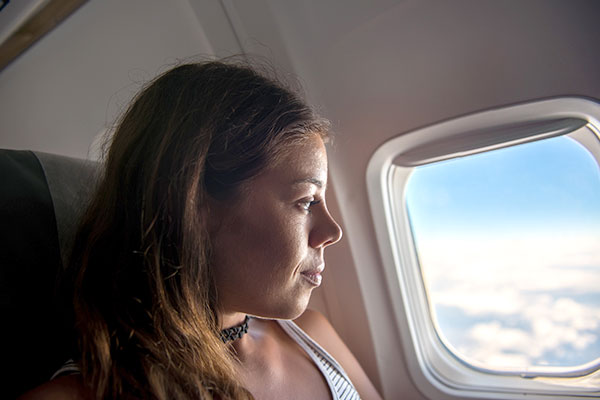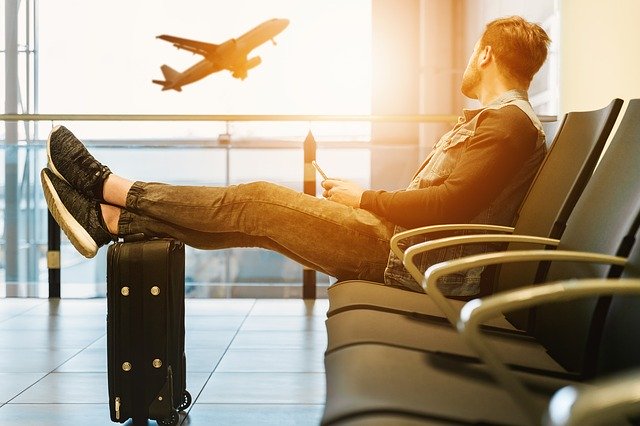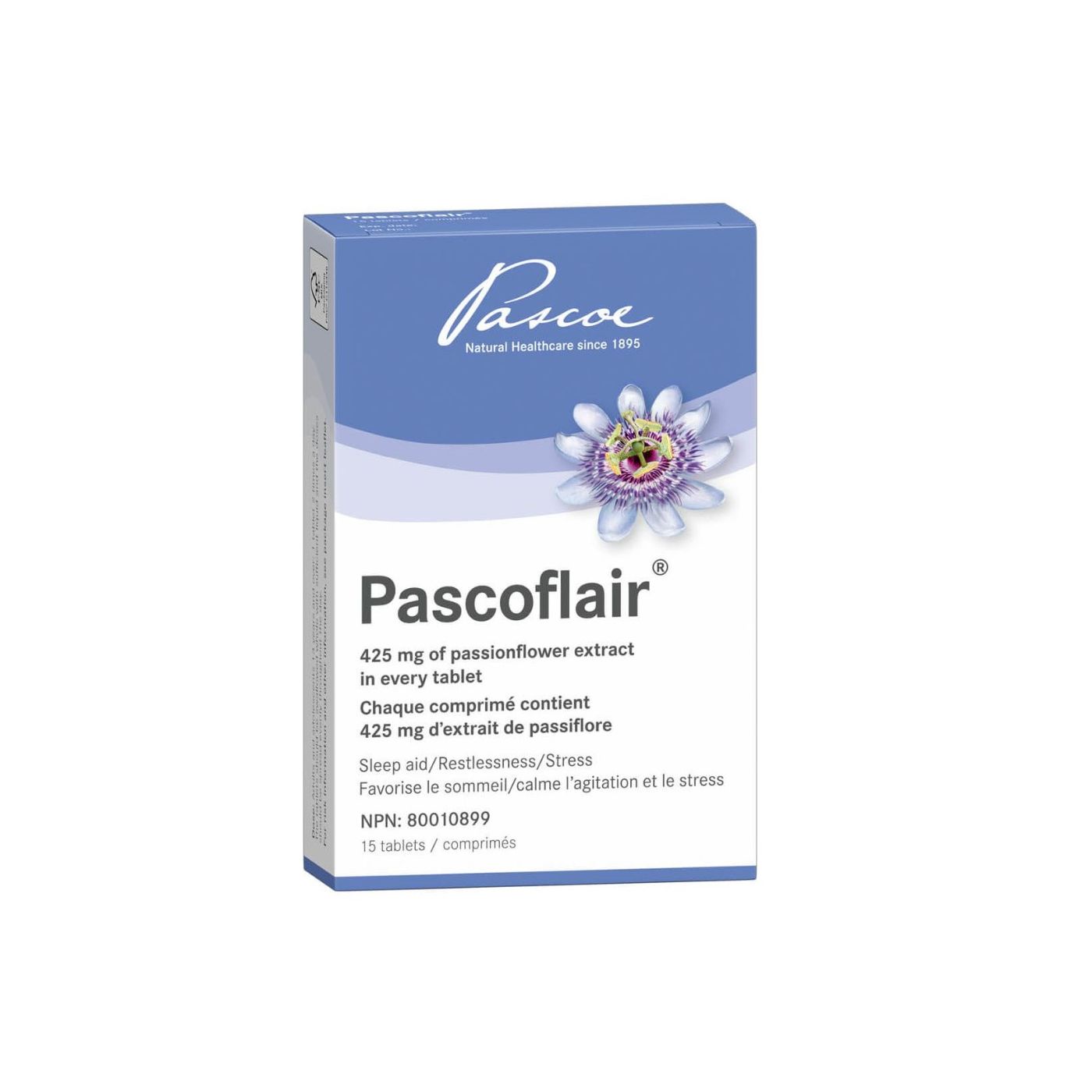Traveling by Plane This Summer? Got a Fear of Flying? Read This!
Aviophobia is the fear of flying. If you have aviophobia, read below to learn what you can do to ease your symptoms and possibly even completely overcome your fear.
Are you planning a well-deserved vacation this summer? Are you picturing a warm, tropical island where you can relax and decompress for a week or two? While vacation is often something many look forward too, travelling can also trigger an intense fear of flying.
Aviophobia is commonly known as flying phobia, aerophobia, an extreme fear of flight or aversion to flying. If you are someone who experiences anxious or negative feelings of aviophobia and flying, read below to learn what you can do to ease your symptoms and eventually overcome your fear of flight.
Aviophobia - What is it?
The term aviophobia is composed of the Esperanto word for airplane, "avio", and the ancient Greek word, "phobia", which means fear. A phobia is defined as an irrational and extreme fear of something that poses minimal to no actual threat or danger to the individual. Aviophobia triggers feelings of fear, stress, and anxiety caused by flying. It can


be characterized by a complete avoidance of planes for a few years or more or being afraid of anything associated with flying. This includes pilots, cabin crew and airports. From the noises and sensations of the aircraft during take-off and landing, to the unsettling feeling of turbulence during flight, anxious fliers are likely to feel afraid of a range of things. Even before you board the plane to fly, individuals with aviophobia may experience anticipatory anxiety. Unpleasant pre-flight physical symptoms may include shaky hands and legs, sleep problems in advance of flying, rapid heartbeat, nausea, dizziness, digestive disturbances or headaches.
Did you know that flying on a plane is in fact, statistically, the safest way to travel? In 2015, the International Civil Aviation Organization reported only 92 commercial aircraft crashes or accidents out of 33 million flights worldwide. Of that, only 6 of the plane crashes were fatal and caused 474 deaths. To put that into perspective, 3.5 billion people traveled by air in 2015, which means there was 1 death per 7.5 million passengers who fly.
In comparison, 2015 statistics compiled by the National Highway Traffic Safety Administration revealed that there were 32,155 fatal crashes in the United States alone. As a result, there were 35,092 deaths. Statistically speaking, that's a rate of 11 deaths per 100,000 people who crash. Despite these figures showing that flying is significantly safer than car travel, the fear of flying affects as many as 20 percent of people.
What Causes Aviophobia?
Loss of control, fear of heights (acrophobia) and heavy media coverage of airplane accidents... the causes of aviophobia are diverse. Sometimes, the fear of air travel may not be caused by flying itself but is rooted in other phobias. This may include a fear of crowds (enochlophobia) or a fear of terrorism. For some, an airplane triggers claustrophobia which is the discomfort of being in an enclosed space. This phobia is amplified in fearful flyers who experience agoraphobia, a sense the plane is hurling through the atmosphere with no way to escape.
Unlike traveling in a car, individuals are terrified by a complete loss of control during flight as the airline pilot controls your fate. Mid-flight panic and anxiety may be worsened in individuals who take into consideration that autopilot is also used by the pilot to fly the plane. While trains use self-driving technology in the same way, the pervasive thought that you are suspended 30,000 feet in the air being flown by a pilot you don't know coupled with a momentary jolt or drop caused by turbulence all significantly contribute to a fear of flying or aviophobia.
Media coverage of a plane crash in Canada or cinematic films of catastrophic events involving hijacked planes often intensify flight anxiety and perpetuate the fear of flight. Even though technology has sophisticated over the years and we know that the pervasive threat of terror in the skies is somewhat irrational, fear-related anxiety disorders and mental health disorders surrounding flying still remains fairly constant.
What Can You Do to Help?
There are several treatment options for phobias and travel tips to reduce and overcome the fear associated with flying (and various flying specific phobias)
Exposure-Based Therapy
A common technique utilized by psychologists to help people overcome their flying-related fear is called controlled exposure. Exposure-based therapies consist of gradually exposing individuals to what they fear or panic from the


most, many times. For individuals who tend to fear or shun flying all-together, this practice targets their learned behaviors of avoidance. Through confronting worst-case scenarios and the phobic stimuli, individuals have the opportunity to learn they can feel calm and tolerate their fear of flying, that their anxiety will ease on its own without having to escape or avoid airplanes, and that their anxiety to get on a plane and fly is not true or as terrible as they imagine.
Virtual reality exposure, such as a flight simulator, is used to generate the phobic situation, such as turbulence, on the airplane and gradually integrates the individual into the feared environment. Treatment often involves several sessions under the guidance of a trained therapist. During the first sessions, patients will learn ways to cope and manage anxious and irrational thoughts, such as breathing techniques. Later sessions of exposure therapy will involve controlled stages of desensitization.
Cognitive Behavioral Therapy (CBT)
CBT is an anti-anxiety treatment option that aims to challenge and change patterns of negative thoughts or behaviors around planes and flying. During this treatment, the therapist helps the client work to understand their fear to fly and develop strategies to overcome them. CBT emphasizes the importance of the personal meaning we place on flights, planes and things that make use anxious. A set of principles are taught and can be applied to correct negative thinking patterns about travelling by plane. Treatment is often short-term and goal-oriented but can last a lifetime. There are several CBT courses available. The Association for Behavioral and Cognitive Therapies website is a good place to start if you are experiencing anxiety about planes, flying and air travel.
Herbal Treatment
Complementary and alternative remedies have increasingly become a part of treatment protocols of psychological disorders such as aerophobia. With a lower risk of adverse effects or withdrawals, many people are exploring herbal remedies for the management and treatment of anxiety caused by flights and turbulence.
Passionflower is a calming herb for anxiety, insomnia, and restlessness. Also known as Passiflora incarnata, this herb has been used for centuries as it increases levels of gamma aminobutryic acid (GABA) in the brain. GABA works by lowering the activity of some brain cells to make you feel more relaxed. Studies have shown for individuals with generalized anxiety disorders that passionflower is as effective as oxazepam, a prescription medication used to treat symptoms.
Other noteworthy herbs commonly used to treat anxiety, panic attacks and encourage relaxation include valerian, kava kava, ashwagandha and lemon balm.
Pharmacological Treatment
In certain cases, prescription medication is prescribed to calm and treat debilitating symptoms experienced by fearful fliers. Anti-anxiety medications include diazepam (Valium) or alprazolam (Xanax). Motion sickness medication such as dimenhydrinate (Dramamine), may also be recommended.
It is important to consult a doctor before self-medicating. Pharmaceutical medications should be considered a short-term and temporary self-help solution. They help to mitigate symptoms but do not address the underlying issues. Psychological and behavioural therapies are often recommend as first-line treatment options.
Take a Fear-of-Flying Course
In Canada, airlines are now offering a 1-day course to help people conquer their fear of flying. The course is aimed at people who are too afraid to simply step on an aircraft as well as for those who suffer from other flying phobias. This course offers individuals the opportunity to meet with trained airline pilots and flight attendants to ask questions. A simple conversation with a pilot about their experiences of flying can help put many peoples minds at ease. For others, boarding a plane without the fear of takeoff is a chance to have gradual exposure to the phobic stimuli.
Plan Your Trip Properly
If you are planning to head on a trip, there are some practical go-to tips to ensure a smoother in-flight experience:
- Fly direct (no transfers or layovers) to reduce one-day travel time on your next flight.
- Fly in a larger plane, if possible, as they are less affected by turbulence.
- Reserve priority boarding to reduce queuing, as the anticipation to board a flight can terrify people and trigger anxiety.
- Reserve a seat in the middle as opposed to the wings to minimize the sensation of turbulence on flight.
- Determine the right seat for you:
- Aisle seats have more space and allows you to stretch out your legs.
- Window seats offer more of a view and you are less likely to be disturbed by other passengers.
- Bring a book in your carry-on to read. Distracting your mind from takeoff and flying can go a long way, especially on a long-haul flight
- Take a deep breath. Deep breathing before and during flight is one of the best ways to lower stress in the body and calm the mind of white-knuckle flyers.




